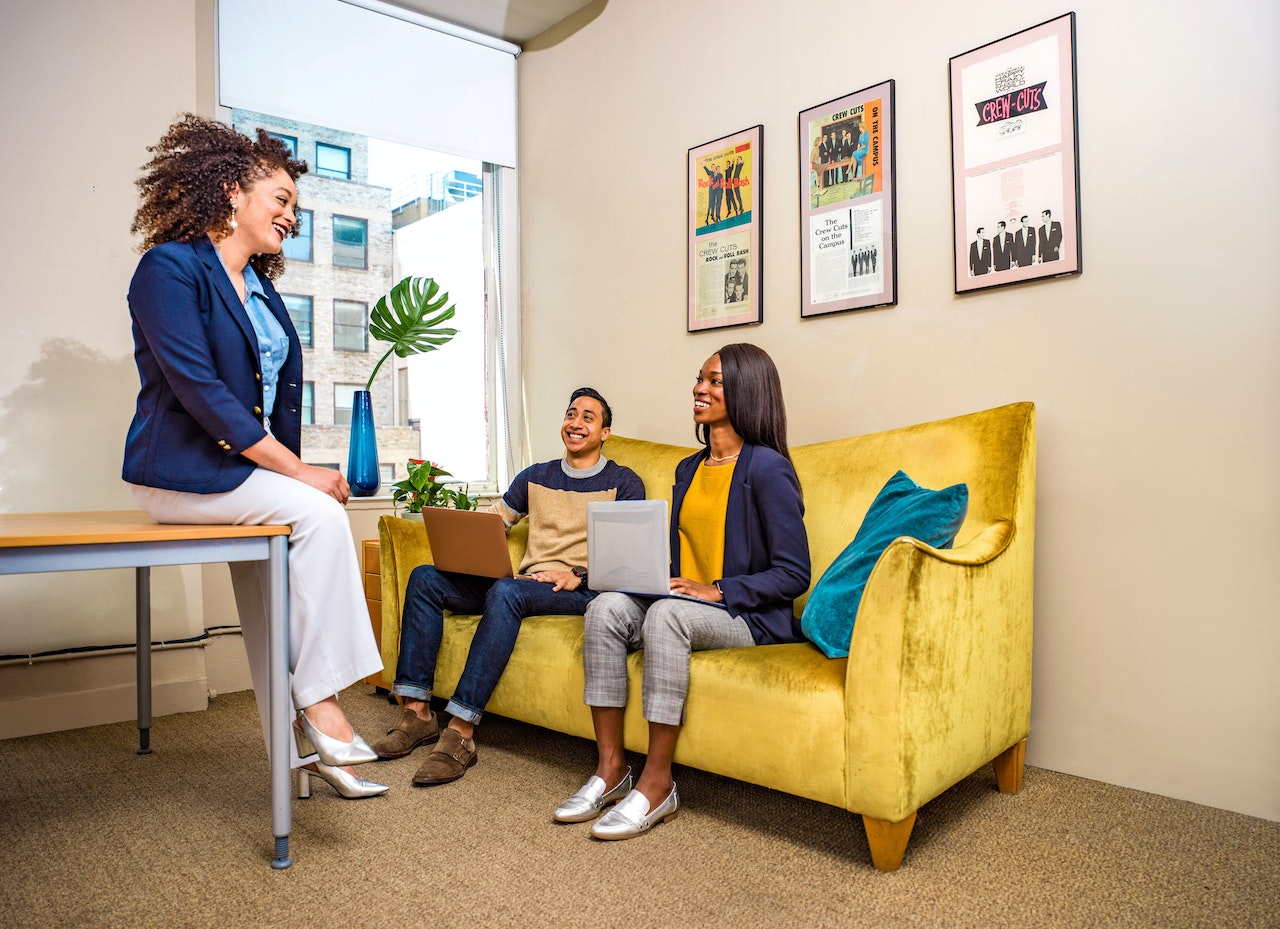Many offices are switching to activity-based workplaces instead of expecting their workers to always complete tasks from the same location.
Here’s a guide to activity-based workplaces and how they can affect you as an employee.
What Are Activity-Based Workplaces?
In a traditional office, you might have an assigned work area or cubicle for completing all of your work. However, an activity-based workplace offers a variety of spaces you can use to fit your needs. So, here are some examples.
Quiet Places
In quiet places, workers can complete independent tasks that require focus and a peaceful atmosphere. Quiet places at work might look similar to a traditional cubicle, but they don’t have to. The goal is for workers to have a place they can go that is free from distractions.
Private Areas
Private areas are perfect for phone calls or video meetings. In these spaces, workers should be free from interruptions and noise. So, private areas might be phone-booth style small rooms with doors that can close for the required isolation.
Collaborative Arrangements
In a traditional office where workers are in cubicles, collaborative work can be difficult. With activity-based workplaces, collaboration is much easier. Rooms and areas might have long tables, boards for brainstorming, or couches and chairs arranged for discussions.
Communal Spaces
Communal spaces allow for making informal connections with coworkers. You can choose to work in one of these areas knowing you’ll have opportunities to interact. Communal spaces could include a kitchen, lounge area, or game room.
How Will Activity-Based Workplaces Affect Workers?
Activity-based workplaces can be a big shift from traditional office spaces. Here are some of the ways they can affect you as a worker.
Increased Mobility
You might no longer have assigned desks and areas for completing work. Instead, you can expect an increase in mobility when you’re on-site, moving from area to area depending on the task you need to complete.
Focus on Workers’ Needs
You can expect your employer to consider the types of work you complete while in the office and create areas that meet your needs. You might be able to participate in planning or brainstorming for the switch to an activity-based workplace.
Adaptable Offices
An office with limited space might make each worker’s individual workspace more flexible. Furniture such as adjustable-height desks can help you adapt your space to your needs without a costly renovation for the whole office.
Hybrid Work Models
Activity-based workplaces fit well within a hybrid work model. You can choose where you need to work depending on the tasks you need to complete. You could stay at home, go to any of the areas in the office, or get some work done at a coffee shop.
Reliance on Technology
In order for you to be more mobile, you’ll have to rely more on technology and cloud-based storage for files. This way, you’ll be able to change your work location without carrying around piles of papers.
If you need adaptable furniture for a transition to an activity-based workplace, visit officefurnitureAMERICA for a selection of desks, chairs, and accessories.

